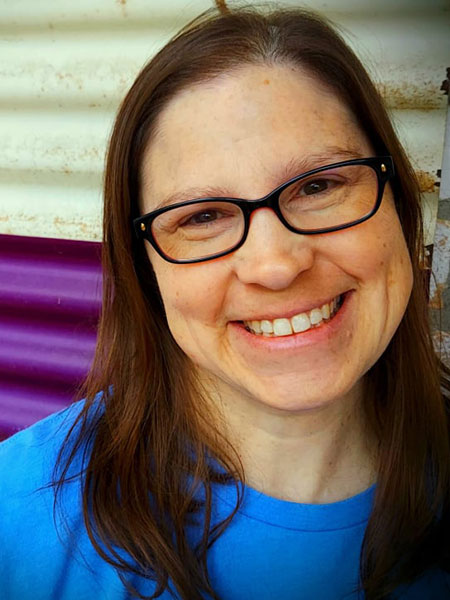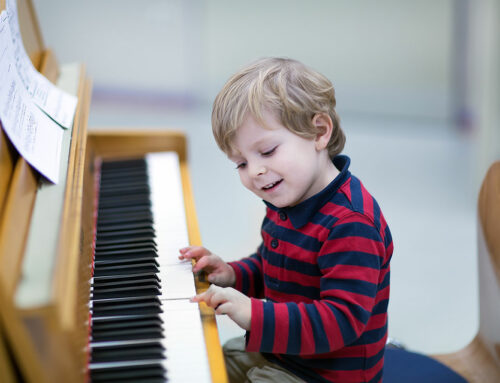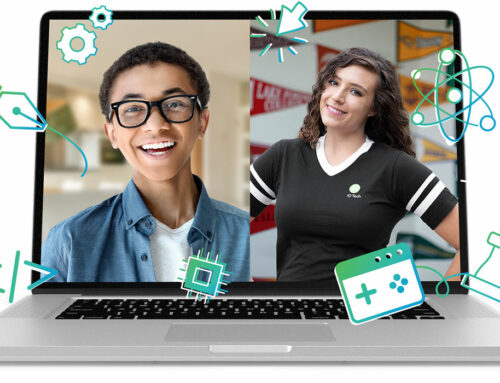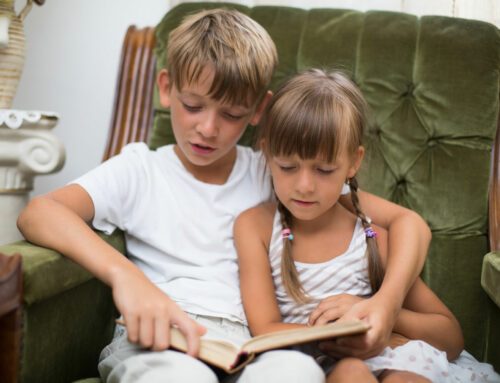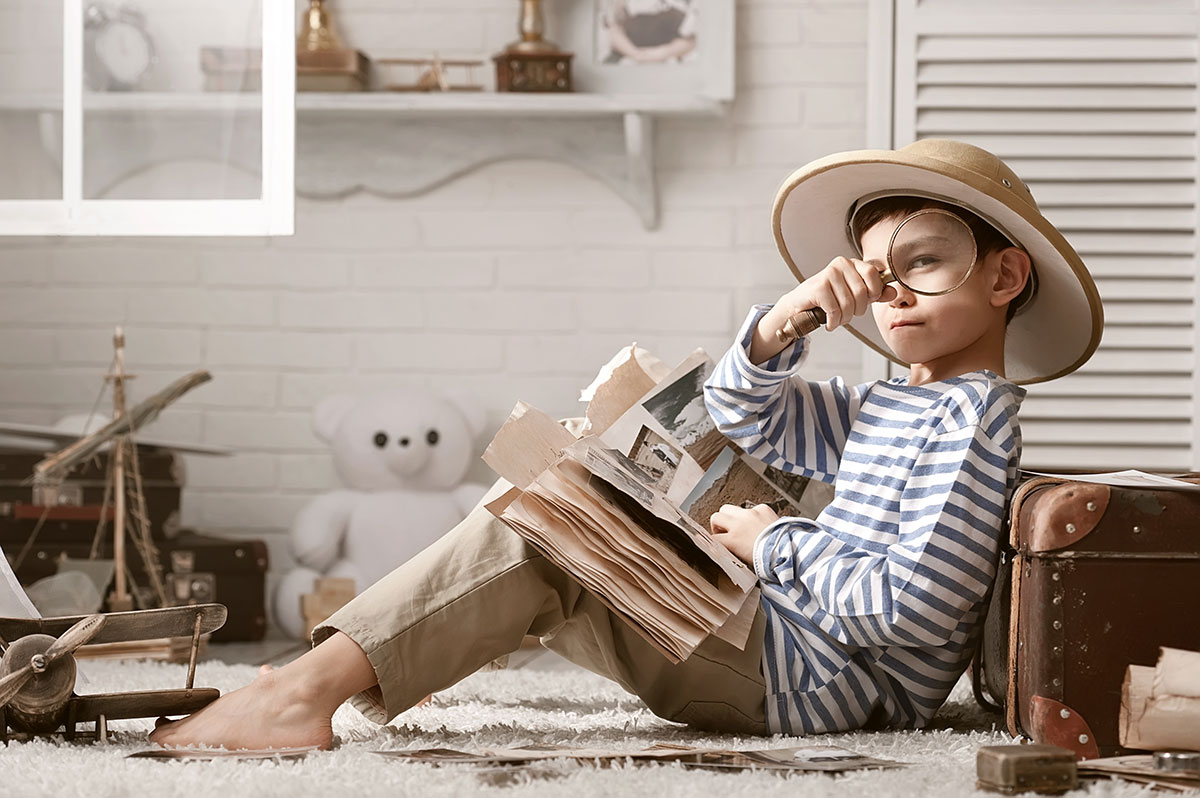
Do you struggle to make history seem exciting and engaging? Do you want your kiddos to enjoy learning about history? I have received these questions multiple times from many who have recently started homeschooling or from those trying to engage their kiddos in history.
One of our country’s greatest presidents, Abraham Lincoln, said, “Fellow citizens, we cannot escape history.”
With that in mind, below are ways our family has made history become more of a “living history,” and I hope that this series will spark interest, fun, and most of all, memories.
Election Process
- Print out this free election process lapbook: Elections Lapbook – Homeschool Share: I found this lapbook to be thorough and full of election history that can be used to discuss and relate to current Presidential elections.
- Election process red, white, and blue chain: Cut out strips of red, white, and blue construction paper. Write a question about the election process that was learned during the making of the lapbook. Each day as you count down to election day, take a link off the chain and answer the question. This is a great way to review what was previously learned.
Another way to increase the length of the chain is to add links with trivia questions, such as who was the first female to run for president, who is the current vice-president, etc.

- Hold your own election: (ex: store-brand cheese puffs or Cheetos): In larger groups of kiddos, teachers tend to hold elections while teaching this in class. However, if you are like me and only have two kids, you have to find a creative way to provide practical experience to the lessons on elections. In order to make this lesson a reality, first have your kids select what they want to have others vote on. My kiddos decided to have The Great Cheese Puffs vs. Cheetos Election. Each child gave a speech on why voters should choose the chip they liked the most. I recorded the speeches and uploaded them to Facebook, asking friends and family to cast their vote. We included a voting closing time on the Facebook post and then tallied the votes. We used the votes to look at the popular vote vs. the electoral votes. This is a great way to add hands-on experience.
- Watch the debates and discuss the topics: This activity will depend on the age and maturity level of the child(ren). After watching the debates, discuss with your children the different topics that were addressed. Were the topics answered completely? Did the candidates stay on topic? What other topics should have been discussed? What topics would you have discussed if you were a candidate in the debate?
- Electoral Map/U.S. Map: Print out a U.S. map with the states labeled or print out an electoral map of the U.S. As electoral votes are finalized, have the kids color in the state blue or red during election night. Divide a separate piece of paper or a white board in half. Label one side either the party name or the name of the presidential candidate. After coloring in the map blue/red for the party that won that state, the family can add up the electoral votes for each party. This, along with the map, will help provide a visual of the process for your kiddos.
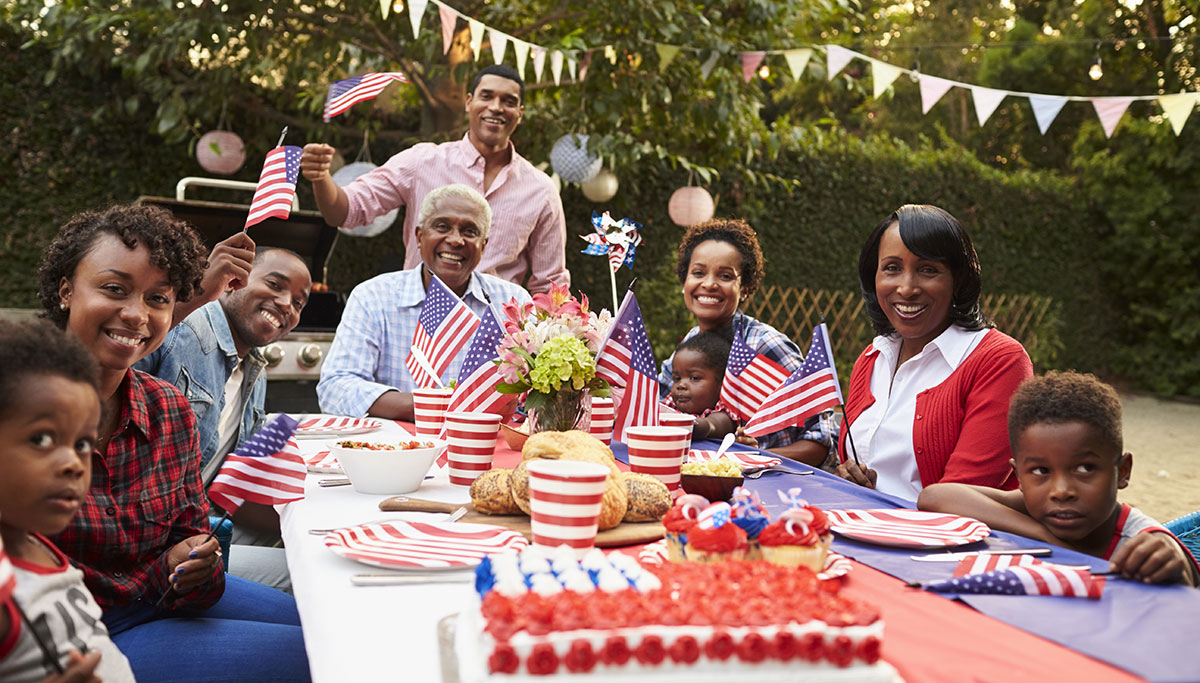
- Have an election party with patriotic theme: On election night, boost the excitement of learning by decorating in red, white, and blue streamers or balloons. Add in red, white, and blue cookies/cupcakes and have fun! An alternative would be to have the party after finding out who won the election. As we all know, election results can take a long time to be reported on the news, so my kids typically go to bed (we do let them stay up a bit later than normal because they are always really excited) and catch up the next day. My kiddos find this exciting, and that is the first activity my kids want to do for school the morning after election day, so they can find out the winner.
- Election trivia: Election trivia can be added to the election chain (see above), or this activity can be created as a game for your kiddos or a group of kiddos, for example, at co-op.
- Watch the farewell speech and inauguration: Watching the farewell speech and inauguration is a way to watch the election process from start to finish. As my husband and I explain to our kids, sometimes we are “living history.” I feel like this puts the icing on the cake. There is fun trivia, traditions, and tidbits that can be learned just from watching and participating in this aspect of the process.
- This website has a fun Bingo game that can be played during the inauguration: Presidential Inauguration Bingo Game Printable – Hip Homeschool Moms
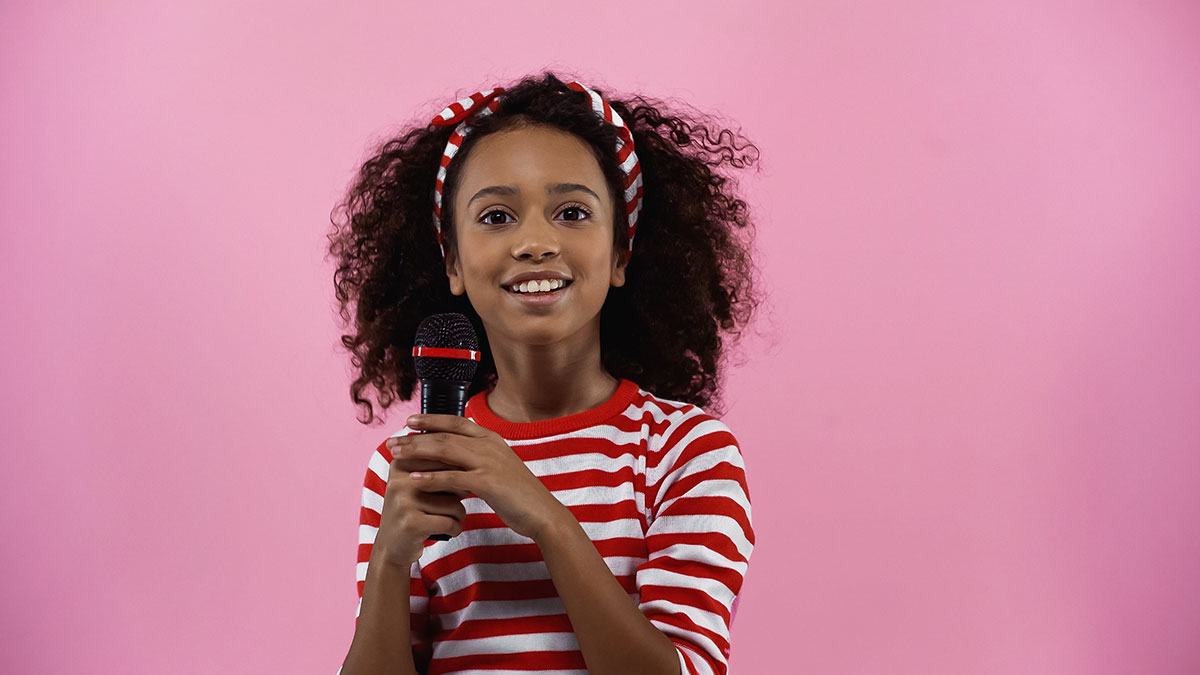
- Have the kids write their own inauguration speech: After watching the inauguration, have your kiddos write their own inauguration speech. You can search on Pinterest for cute pre-made pages for the kids to write on, use lined paper, or have them create their own border around the speech that is written.Once the speech is written, have the students practice public speaking skills by presenting the speech to family members, friends, or in a co-op setting.

- Postcards: This has been another favorite activity in our family. A few years ago, I asked family and friends to send postcards as they traveled through the different states. The response from family and friends was amazing. Friends of friends and friends of family members even became involved. We received postcards daily for quite some time. Those sending the postcards even wrote sweet notes and information about the places they visited. What kid doesn’t like receiving mail!? This was a win-win activity!
So, what did our family do with the postcards? Well, as the postcards came in, we would learn about that state. We researched the state flowers, state bird, the flag, etc. We gathered the information into a book to keep.
When we studied world history, family and friends sent us postcards from around the world. It was exciting to receive postcards from Nairobi in Africa, parts of England, the island of Crete, etc. Again, we researched where the postcard came from and learned so much in a very hands-on and interactive way.
Overall, we have gathered a postcard from almost every state in the United States and from almost every continent in the world!
- Timelines: Timelines are an amazing activity to help kiddos link events from around the world within the same time frame being studied. I remember when we were studying Texas history, but took a break to study the Renaissance period since we were going to attend the Renaissance Fest for a field trip. We decided to do a timeline as we talked about renaissance events. My kiddos were amazed (okay, I will admit, I was amazed too) at how the events of the Renaissance influenced the exploration, expansion, and colonization from Spain and France in the United States which ultimately influenced the events that led to the great state of Texas.
Another great way to link and discover how events in different places influenced other events is by keeping a “living” timeline. This can easily be accomplished by adding to a timeline daily or weekly with the people you have studied in science, an author you read a book by, an artist you studied, a musician you listened to, etc.

Field trips
- Cotton Gin: My family took a field trip to the only working Cotton Gin left in Texas. The trip was inspired by a research project my son was doing on cotton. We thought this would be a fun way to research, and boy was it a win in so many ways. I have to say that this has been one of our favorite field trips in our 8 years of homeschooling. We learned so much and the memory of this trip always brings a smile to my heart. Here is the link to the Cotton Gin right outside of Brehnam, TX in case you are interested as well: Texas Cotton Gin Museum – Visit Brenham Texas
- Living Museums: Field trips to living museums are another amazing tool to help history come alive. Here are some of our favorite places we have been: Washington on the Brazos, Sam Houston Memorial Museum, George Ranch Historical Park, and Civil War reenactments.
- Presidential Museums: Our family’s favorite presidential museum was the Abraham Lincoln Presidential Library and Museum. This was a highly interactive museum with interactive shows. So, if your family is ever taking a road trip and you just happen to be passing through Springfield, IL, this is a great place to visit!My family has not been to these presidential libraries and museums, but I have heard great things about the LBJ Presidential Library in Austin, The George H. W. Bush Library in College Station, and The George W. Bush Library and Museum in Dallas.
- Presidential Boyhood Homes: I don’t know about you, but I love walking into homes of the past. It is like a time machine taking me back to the way people lived, entertained,and interacted. I love how it gives perspective to what we have today and fosters gratitude for the advances that have been made. Yet, I also love how it can transport me to simpler times. Taking our kids through these boyhood homes teaches more than just history. It teaches character traits and values as our kids learn about events and challenges the soon to be president went through as a child. Many discussions have followed our visits to these boyhood homes about how our experiences influence and shape our lives, pointing out how faith is the key to walking through all of our struggles and blessings in life. It also helps kiddos to make the connection that those who have become president did, at one point in time, experience a childhood and started out just like them.
One of our favorite presidential boyhood homes was the boyhood home of President Grant. Not only was it a great tour and full of fun, but this tour was a tour about our family history. President Grant is an uncle on my maternal grandmother’s side of the family. Thus, visiting his boyhood home and then his farm was a huge highlight for our family. You see, when we take our annual road trip to Illinois (or any road trip really ), we stop at various places to stretch our legs. Some of the best places to visit have been the hole-in-the-wall spots, but more on that in a later post
I hope you have enjoyed the ideas so far on how to make history come alive in your homeschool. I encourage you to take the ideas and make them your own for your kids and their homeschool journey. Every child is unique, every homeschool is unique and that, in itself, makes these additional adventures exciting and memorable. So, use that uniqueness to add some laughter, love, and memories to your journey. God Bless!
Heather Young
Heather Young has been homeschooling since 2013 and joined THSC in 2021 as a Special Needs Specialist for Customer Relations and also a Homeschool Mentor. Her goal is to encourage families through inspirational creativity and a firm foundation in Christ. She enjoys reading, cooking, and exploring history with her two kids and supportive husband of 15 years.
